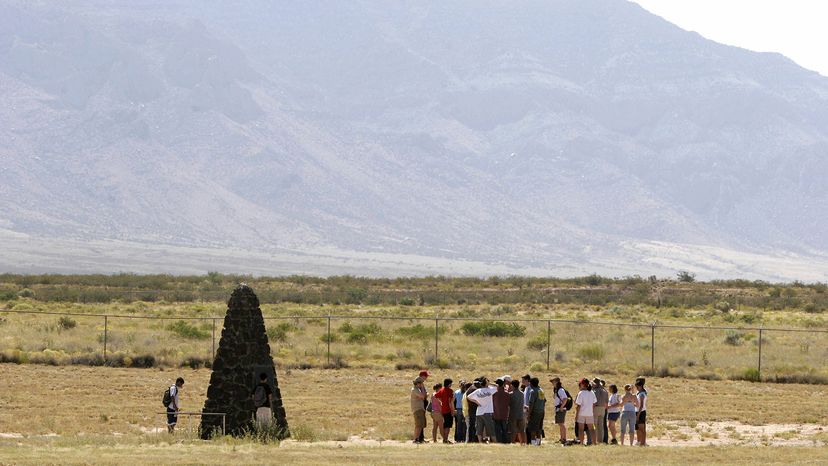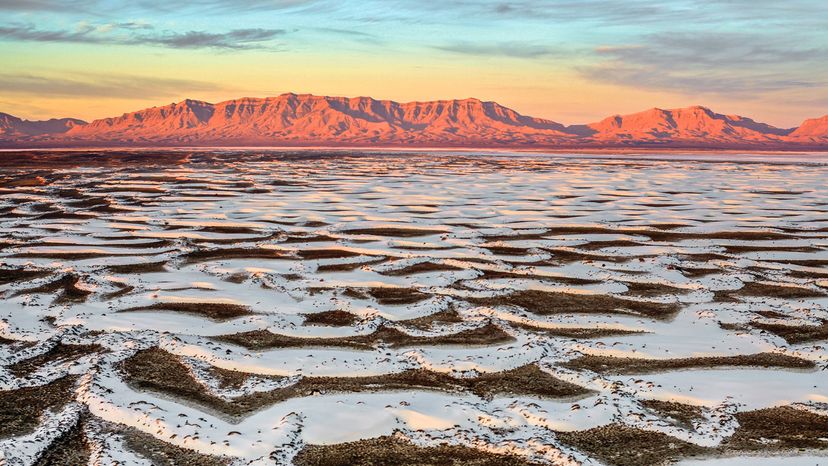
The dunes start out as small, snowy mounds bristling with clumps of scruffy vegetation. But the farther you drive into the heart of New Mexico's White Sands National Monument, the more impressive the dune field becomes. It's here, several miles along Dunes Drive, that the bright-white gypsum sand piles into massive, undulating mounds that stretch for miles – a sight so impressive, the monument draws more than 600,000 visitors annually.
White Sands' 176,000-acre (71,224-hectare) gypsum dune field is the largest in the world. And it dwarfs its competitors, of which there are only a handful: The world's next two largest gypsum dune fields are 2,000 acres or 809 hectares (Salt Basin in Texas's Guadalupe Mountains National Park) and 250 acres or 101 hectares (Cuatro Ciénegas in Coahuila, Mexico).
Advertisement
While gypsum is a relatively common mineral, gypsum dunes are rare because gypsum is soft and dissolves easily in water. So it's typically washed out to sea via rivers and other waterways. But White Sands sits in the Tularosa Basin, an area in the Chihuahuan Desert which has no outlet. Think of it as a tub without a drain. The gypsum that gets carried here remains as crystals when the water disappears. Over time, these crystals are transformed by the wind and repeated freezing-and-thawing cycles into tiny grains of sand.
Interestingly, although strong winds often blow across the Tularosa Basin, moving the sand dunes up to 38 feet (11 meters) per year, the sand never gets blown away. That's thanks to a shallow water table that lies just a foot or two (about half a meter) under the ground, anchoring much of the sand and keeping it cool.
Advertisement

